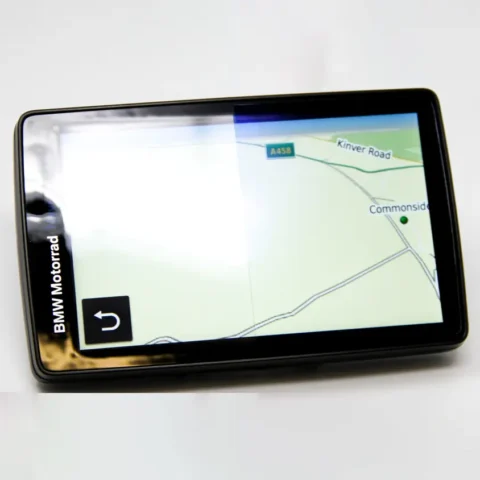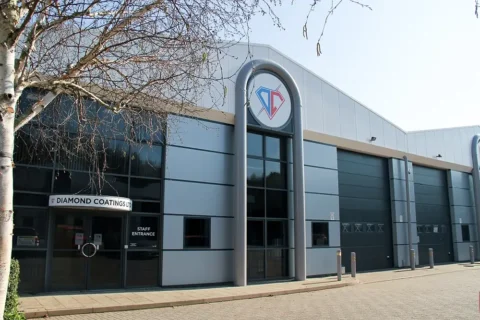
Enhance Your Garmin Nav 6 with AR Film
We’ve taken our expertise and applied it directly to your journey, developing an Anti-Reflective Film for the Garmin Nav 6
For orders placed online please contact us for an accurate shipping quote, sorry for any inconvenience.

Holding specimens in place and flat, glass cover slips are specifically designed to protect specimens against contamination via accidental contact and dust. In addition, they effectively prevent contact between a specimen and the objective lens of a microscope and/or immersive liquids such as oil or water, for instance. High-resolution microscopy places crucial importance on the thickness; overall quality, optical and anti-static properties of ITO glass coverslips.
Leading the market in the production and supply of an extensive range of high quality ITO Glass Coverslips, Diamond Coatings deliver both standard and custom ITO Coverslips to worldwide universities and research institutions.
ITO Glass Coverslips by Diamond Coatings
We cut Borosilicate* glass Type D263 using CNC water-jet facilities. This improves our flexibility in supplying varying shapes of ITO Coverslips that may not be achievable with conventional cutting techniques.
Standard Thicknesses/Sizes of ITO Coverslips
Standard sizes ITO Glass Coverslips are available in are as follows:
Stocked standard thicknesses for ITO Coverslips in the above listed standard sizes include:
Other thickness options our ITO Glass Coverslips are available in consist of:
Our standard ITO sheet resistance ranges for ITO coverslips include:
In addition, we can supply custom circular and custom dimensioned ITO Glass Coverslips with any ITO sheet resistance required to correspond with individual customer specifications. If required, we can also add silver polymer bus-bars to our ITO coverslips.
*Borosilicate Glass
Borosilicate glass is a low soda-type glass consisting primarily of:
In spite of the manufacture of Borosilicate glass being considerably more difficult than that of traditional glass, the production of this type of glass is highly economical due to its superior durability.
Optically, Borosilicate glass is a crown glass with comparatively low refractive indices (1.51 – 1.54 across the visible range) and low dispersion. Its chemical and heat resistance properties are of exceptional use for a wealth of applications, including chemical laboratories and military uses.
Its very low thermal expansion coefficient also makes Borosilicate glass an extremely popular component for use in flat TFT screens, as well as a broad range of other vital display equipment.

We’ve taken our expertise and applied it directly to your journey, developing an Anti-Reflective Film for the Garmin Nav 6

At Diamond Coatings, we provide the foundational transparent conductive coatings that are absolutely essential for capacitive switches

An ITO company fundamentally deals with the precise deposition of Indium Tin Oxide onto various substrates

Glass offers transparency and clear views. But what if it could also conduct electricity, integrating power and data directly into a transparent surface?
If you are interested in any of our products or services, please use the contact form or give us a call, we will be happy to discuss how we may be able to help you.